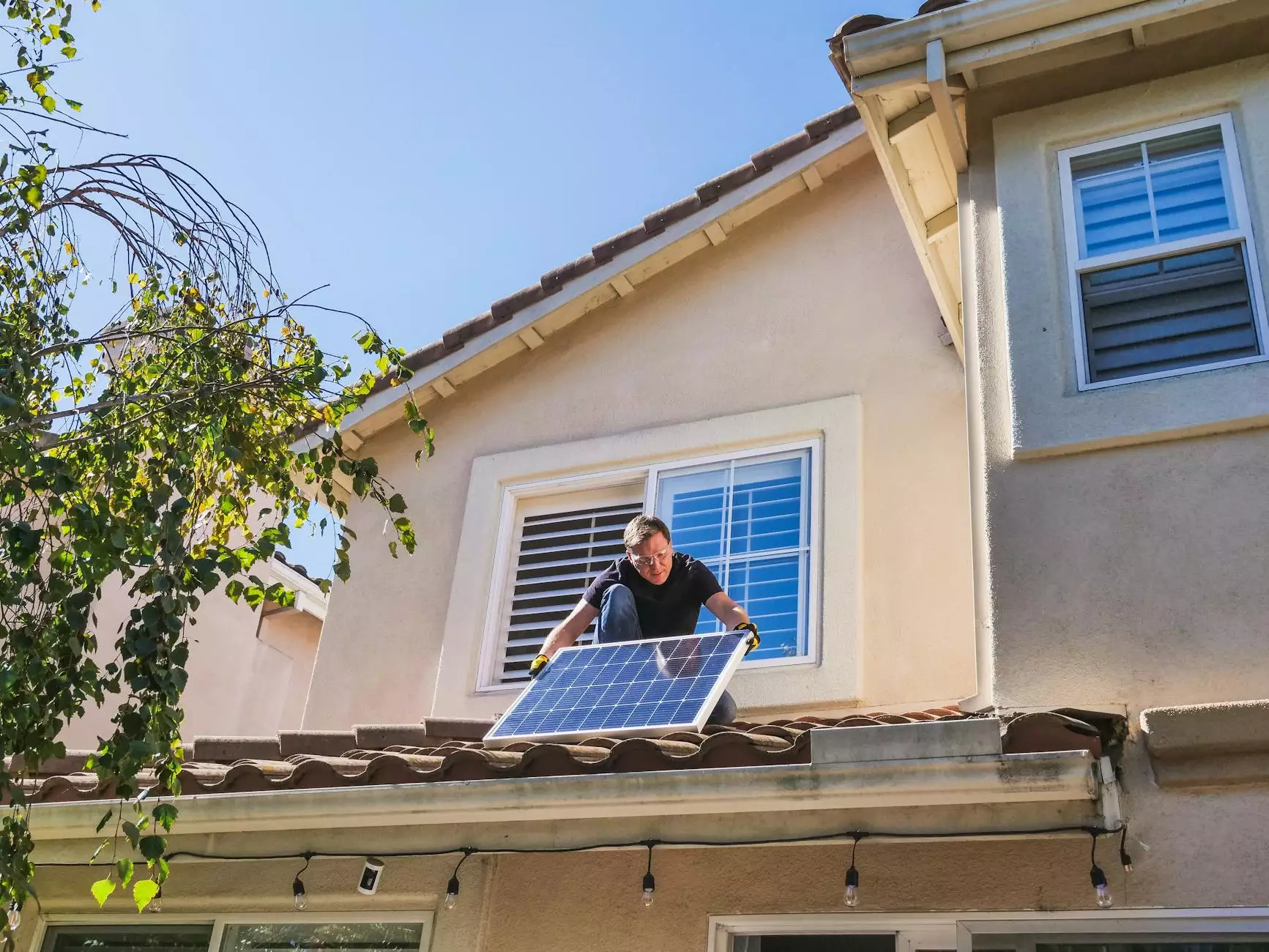The Ultimate Guide to Installing CentOS on VirtualBox

In today's fast-paced technological environment, leveraging virtual machines has become a common practice among IT professionals, developers, and businesses alike. One of the most popular distributions used for server environments is CentOS. This guide will provide a detailed, step-by-step approach to install CentOS on VirtualBox, making it easier for you to set up a virtual environment for testing, development, and more.
Why Choose CentOS?
Before diving into the installation process, it’s essential to understand why CentOS is a preferred choice among professionals. Here are a few reasons:
- Stability: CentOS is known for its long-term stability and support, making it ideal for server environments.
- Community Support: CentOS boasts a large community behind it, providing ample resources and forums for troubleshooting.
- Compatibility: It's binary-compatible with Red Hat Enterprise Linux (RHEL), ensuring a wide range of software compatibility.
- Cost-effective: Being an open-source platform, CentOS offers all these benefits without licensing fees.
What You Need Before Installation
To successfully install CentOS on VirtualBox, ensure you have the following:
- VirtualBox: Download and install the latest version of Oracle VirtualBox from the official website.
- CentOS ISO Image: Visit the CentOS official website to download the latest ISO image.
- System Requirements: Ensure your host machine meets the minimum system requirements for running both VirtualBox and CentOS.
Step-by-Step Guide to Install CentOS on VirtualBox
Step 1: Install VirtualBox on Your Host Machine
Begin by downloading the VirtualBox installer suitable for your operating system. The installation process is straightforward:
- Run the downloaded installer.
- Follow the on-screen instructions to complete the installation.
- Launch VirtualBox after installation is complete.
Step 2: Create a New Virtual Machine
With VirtualBox open, you will need to create a new virtual machine (VM) for CentOS. Here’s how:
- Click on the New button in the VirtualBox Manager.
- Enter a name for your VM (e.g., “CentOS 8”) and set the Type to “Linux” and Version to “Red Hat (64-bit)”.
- Allocate sufficient memory (RAM) to the VM. A minimum of 2GB is recommended for CentOS.
- Create a virtual hard disk now. Choose “VDI (VirtualBox Disk Image)” and select “Dynamically allocated” for storage.
- Set the size of the virtual hard disk; at least 20GB is advisable for a standard installation.
Step 3: Load the CentOS ISO Image
With the virtual machine created, you now need to attach the CentOS ISO image:
- Select your CentOS VM in VirtualBox.
- Click on Settings and navigate to the Storage section.
- In the storage tree, click on Empty under Controller: IDE.
- On the right side, next to Optical Drive, click on the disk icon and select “Choose a disk file”.
- Locate and select the downloaded CentOS ISO file.
- Click OK to close the settings window.
Step 4: Start the Virtual Machine
Now it's time to boot up your new virtual machine:
- With the CentOS VM selected, click the Start button.
- Upon booting, you’ll see the CentOS welcome screen. Select the Install CentOS 8 option.
Step 5: Configure CentOS Installation
The CentOS installation process involves several configuration steps:
- Select your preferred language and click Continue.
- Under the Summary screen, you can configure:
- Date & Time: Set your timezone.
- Keyboard: Choose your keyboard layout.
- Installation Destination: Select your virtual hard disk.
- Network & Hostname: Enable your network connection and set a hostname.
- Once all configurations are set, click Begin Installation.
Step 6: Create a User Account
While the installation is ongoing, you can also create a user account:
- In the installation summary , click on User Creation.
- Fill in the user information, including username and password.
- You can also set this user as an administrator by enabling the checkbox.
Step 7: Finalize Installation
After the installation process is complete, you will see a prompt to Reboot your system. Ensure you remove the CentOS ISO from the virtual disk before rebooting:
- Click Finish Installation to exit the installation program.
- Go back to Settings of your VM in VirtualBox.
- Under Storage, remove the ISO from the Optical Drive.
- Now, click Reboot.
Post-Installation Setup
After the reboot, log in with the user account you created. The first steps in your new CentOS environment may include:
- Updating the system: Run sudo dnf update to ensure all packages are up to date.
- Installing additional software: Discover and install necessary packages via dnf, or explore the graphical package manager.
- Configuring firewall settings to ensure your server is secure.
Tips for Using CentOS in VirtualBox
Once you've successfully installed CentOS on VirtualBox, consider the following tips to enhance your experience:
- Shared Folders: Use VirtualBox's shared folder feature to share files between your host and VM effortlessly.
- Snapshots: Take advantage of VirtualBox’s snapshot feature to save the VM state before major changes.
- Network Configuration: Set up a bridged adapter if you want your VM to have its local network address.
- Guest Additions: Install VirtualBox Guest Additions for better performance and ease of use.
Conclusion
Learning to install CentOS on VirtualBox opens the door to numerous opportunities for developers, IT professionals, and hobbyists alike. With its powerful features, CentOS serves as an excellent platform for both development and production environments. Following this guide, you can set up your CentOS environment quickly and efficiently, helping you to hone your skills or build robust applications.
As you embark on your journey with CentOS, remember that the community is your best resource. Engage with forums, contribute to discussions, and explore additional documentation to enhance your understanding and mastery of this fantastic operating system.
For more information on IT services and computer repair, visit medhacloud.com.






